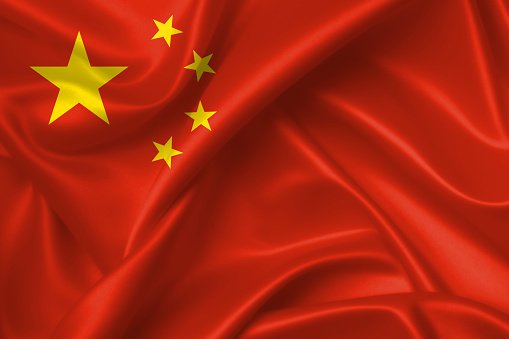Manufacturing Slowdown: China's Economic Pulse Dips as PMI Signals Fragile Growth

China's manufacturing sector showed resilience in January, with the Caixin Manufacturing Purchasing Managers' Index (PMI) marginally declining to 50.1 from December's 50.5. Despite the slight dip, the reading signals continued expansion in the country's industrial landscape.
Caixin Insight Group reported encouraging signs of improvement, highlighting enhanced logistics and a modest revival in supply and demand dynamics. Manufacturers are experiencing a cautious but steady recovery, navigating the complex economic environment with strategic adaptability.
However, the report also unveiled challenges. Employment levels experienced a notable downturn, reflecting ongoing workforce uncertainties. Additionally, new export orders remained subdued, underscoring the persistent weakness in global demand and the lingering impact of international economic headwinds.
The PMI's delicate balance above the critical 50-point mark suggests that China's manufacturing sector is treading a fine line between contraction and growth, maintaining a tentative optimism amid global economic uncertainties.

